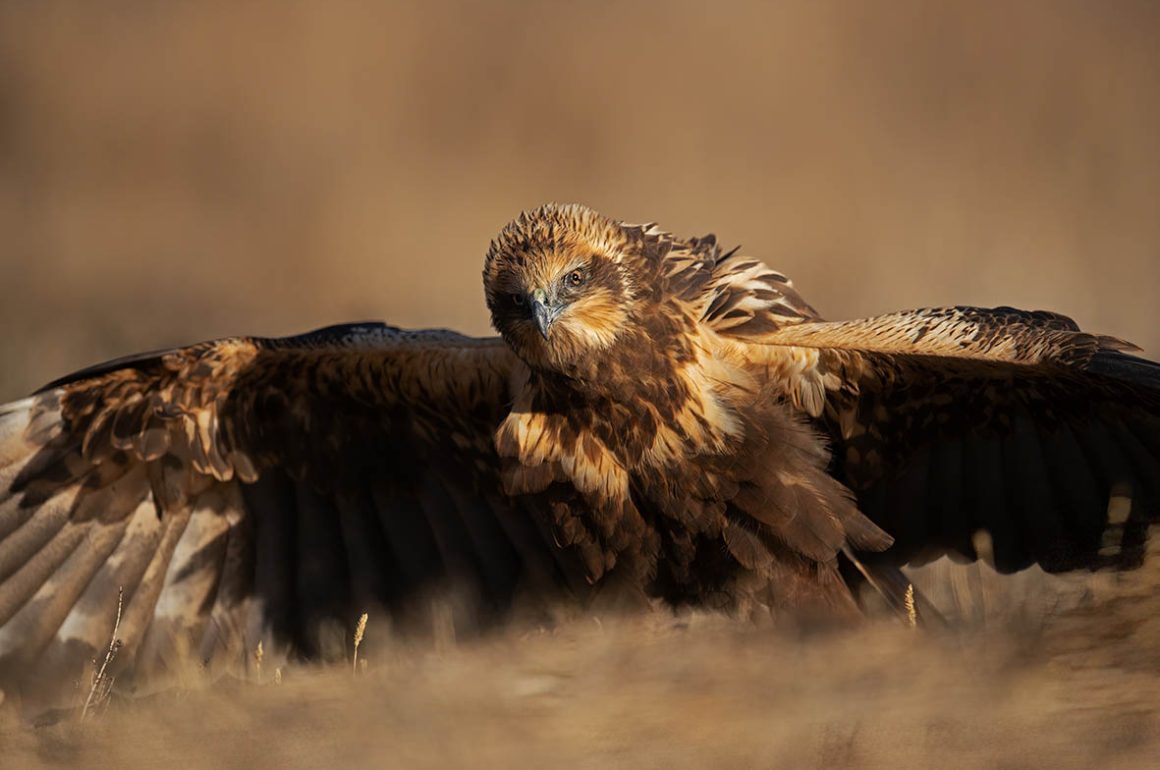
This is peak time for the migration of Western Marsh Harriers (Circus aeruginosus) across the Strait of Gibraltar. These birds are heading south-west, many of them crossing the Sahara Desert to wintering grounds in West Africa. Others will spend the winter months north of the desert, in Morocco and in the Iberian Peninsula, where they join the local residents. These migrants are essentially western and central European in origin and others are Scandinavian. As with other raptors, the northernmost ones are the most highly migratory, and they leap frog the residents to winter south of them.
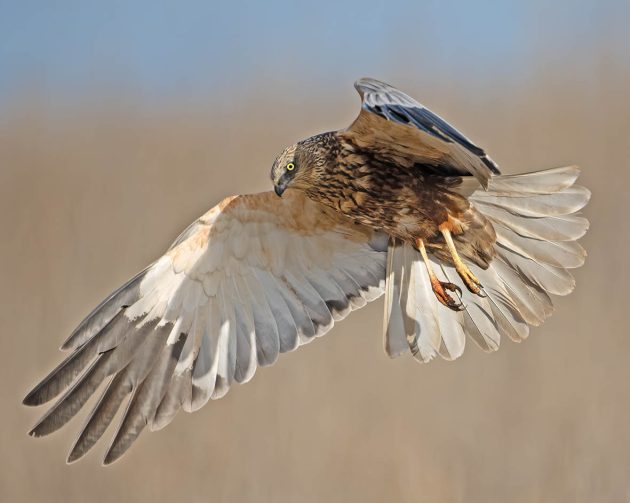
Unlike the larger, broad-winged, raptors, Marsh Harriers have long and narrow wings (with high aspect ratio) and they rely on powered, flapping, flight to get them across barriers, such as the sea. For this reason, they do not aggregate at narrow sea crossings to the extent that eagles and buzzards, for example, do. All the same, good numbers are seen at the Strait of Gibraltar, although these are measured in the hundreds, not thousands as would be the case with the species that depend on the narrow sea crossing.
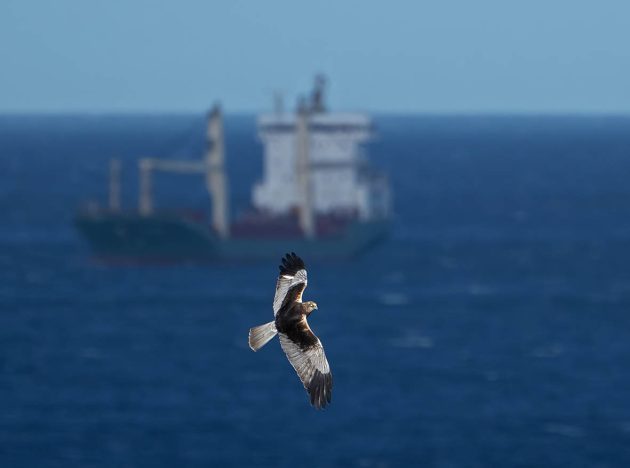
A broad estimate of the European population puts it at somewhere between 100 and 200 thousand pairs, with an apparent increasing trend in the east. The largest populations are in the north-east, in Russia, Belarus and Ukraine, with good numbers in Poland and Germany. These are largely migratory and will include birds that fly south-west towards Gibraltar. An estimate of the, smaller, Spanish population puts it at around 800-900 pairs.
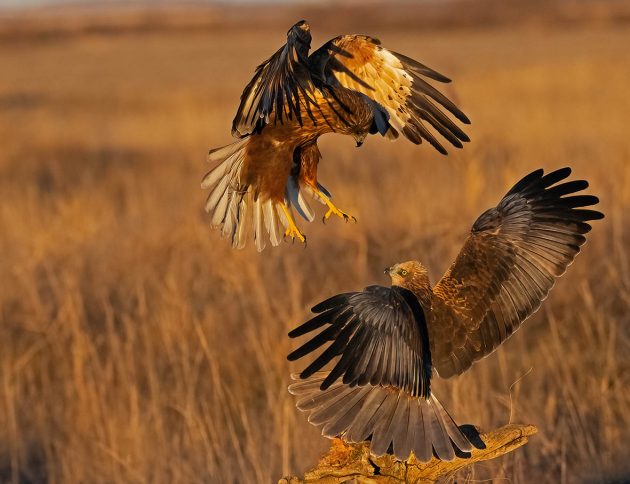
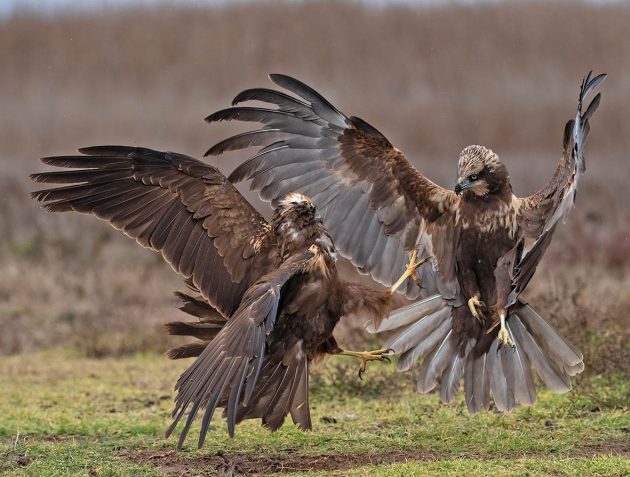
Apart from seeing them crossing the Strait of Gibraltar in spring and autumn, I regularly see Marsh Harriers in wintering sites close to Gibraltar. The old lake of La Janda and the Guadalquivir marshes are favourite haunts. If I want to photograph them, and hides are essential for these skittish birds, then the site of the Laguna de El Taray in central Spain is my number one choice. Here, hides are partly dug into the ground, offering great perspectives, and there are lots of Marsh Harriers all year. In fact, in this private estate holds no fewer than sixty breeding pairs of Marsh Harriers!
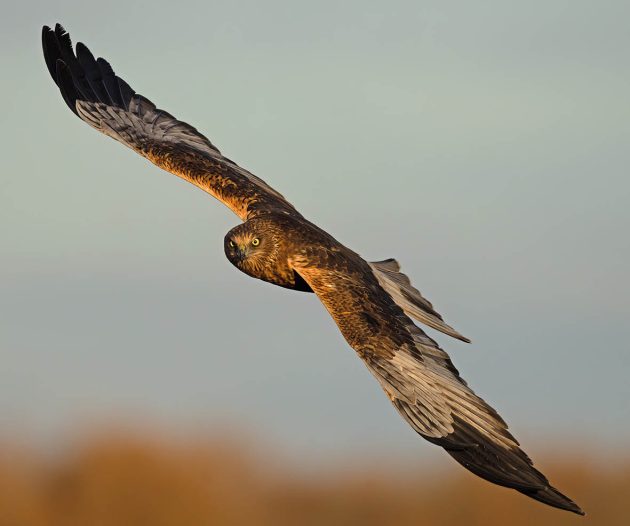
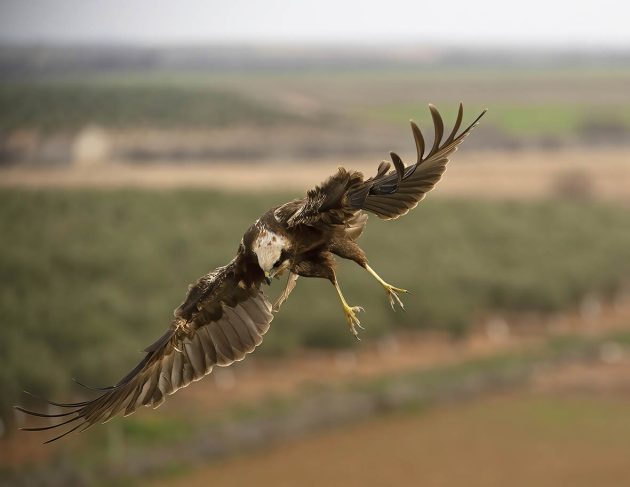
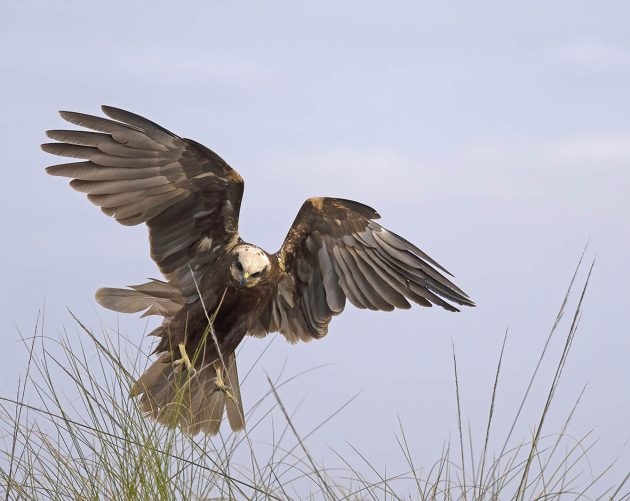
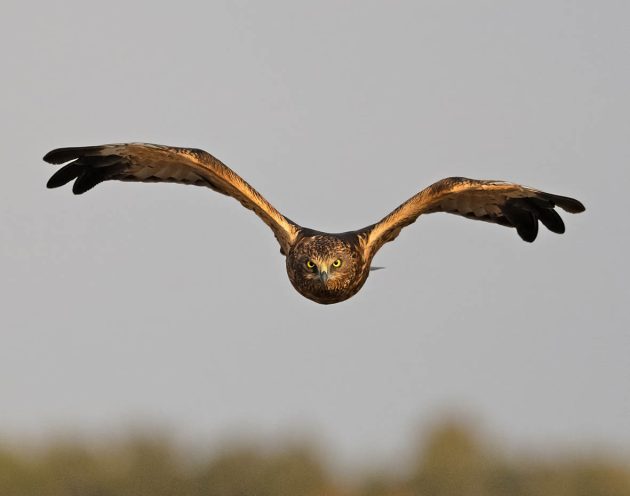
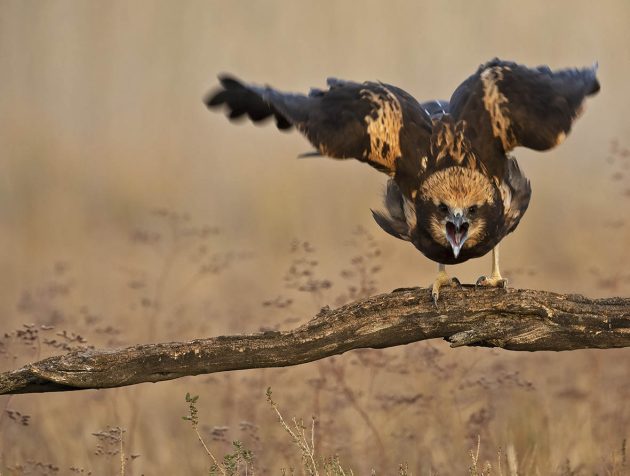
So, even here in Gibraltar where I’m spoilt for choice of large raptors of different species, and in huge numbers, the harriers are among my favourites. Today, I’ve highlighted Marsh Harrier but passage also includes Montagu’s Harrier (Circus pygargus), which I’ll write about on another occasion. To these we should add a small passage of Hen Harrier (Circus cyaneus), some reaching Morocco and others wintering north of the Strait, and Pallid Harrier (Circus macrourus). The latter is the scarcest but individuals are regularly seen at La Janda on passage and in winter, and indeed also crossing the Strait of Gibraltar. These birds may represent the recent westward extension of this species’ breeding range.
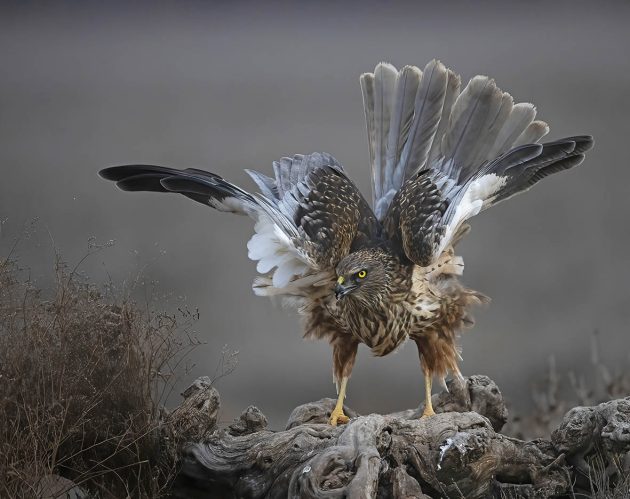













Here in Shanghai, we have the Eastern Marsh Harrier – unfortunately, it is either less photogenic, or my skills as a photographer are not on the same level as Clive’s …
Well, Kai, you are a great photographer. But not being able to beat these photos of Clive’s, well, I wouldn’t hold it against yourself. Wow!